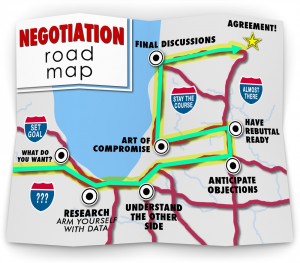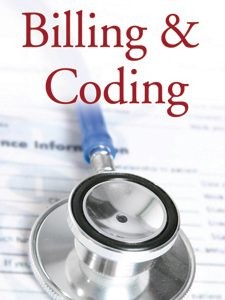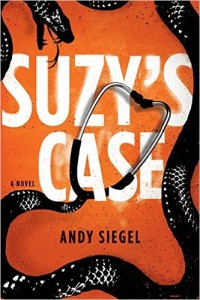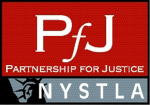 So we begin the fourth quarter, which in the litigation world we like to refer to as Settlement Season. Although each year is different, there seems to be a long-standing pattern that insurance carriers tend to push to settle a lot of cases in the last three months of the year.
So we begin the fourth quarter, which in the litigation world we like to refer to as Settlement Season. Although each year is different, there seems to be a long-standing pattern that insurance carriers tend to push to settle a lot of cases in the last three months of the year.
No doubt part of the reason has to do with the peculiarities of the insurance business. Not that we are experts in the accounting and other arcane business practices of major insurance companies, but our basic understanding is that insurers, like any other company facing contingent liabilities, have to take reserves against their potential litigation exposure. Depending on the way they have established their reserves, this could create a significant incentive to settle claims prior to year-end, at least in cases where a settlement can be struck within the insurer’s target range, thus freeing up some portion of the reserve. From an accounting point of view, freeing up reserves has the effect of generating income for the insurer, which in many cases would have the ancillary benefit of translating into a better year end bonus for those in charge of managing the pool of risk. As in any negotiation, it pays to consider the potential motivations of your adversary before you sit down at the negotiating table.










